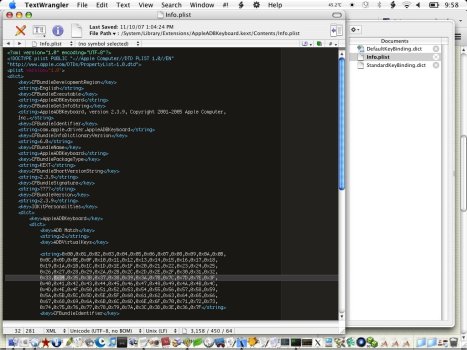If you look at your particular keyboard layout (Turkish, yes?), you’ll notice how the 6, 7, 8, 9, 0, [upper] ., -, U, I, O, P, J, K, L, and M keys have a tertiary key assignment. These become active when one presses F6 (num lock) to function as a 10-key, calculator-style keypad — much as those found on the rightmost end of extended keyboards. When one activates num lock, a second green LED lights up beneath the F6. [For those with US and ISO keyboards, the tertiary keys are found on 6, 7, 8, 9, U, I, O, P, J, K, L, ;, M, ., and /. The F6 key also toggles the num lock function.]
This includes the secondary enter/⌅ (projective, or line-feed) key on pre-2008 Mac laptop keyboards. It works as an enter/⌅ key as it would on the keypad on an extended keyboard — irrespective of whether one has num lock toggled or not. For people who relied on this tertiary key set as a 10-key calculator (such as for bookkeeping and filling spreadsheets), this is why the num lock toggle on F6 lingered for as long as it did — mostly to pack legacy features onto a keyboard with limited space (much like BlackBerry keypads). After all, entering receipts and invoices was once done entirely by hand, but by 2008, doing this went the way of the typewriter and minicassette tape.
In the end, the number of users who relied on this embedded feature probably waned to a point at which Apple disposed it completely for 2008 and later laptops.
[note: 2023 edit to original 2021 reply to correct for a couple of mistakes on my behalf.]
![Apple-right-option-key.jpg Apple-right-option-key.jpg]()


